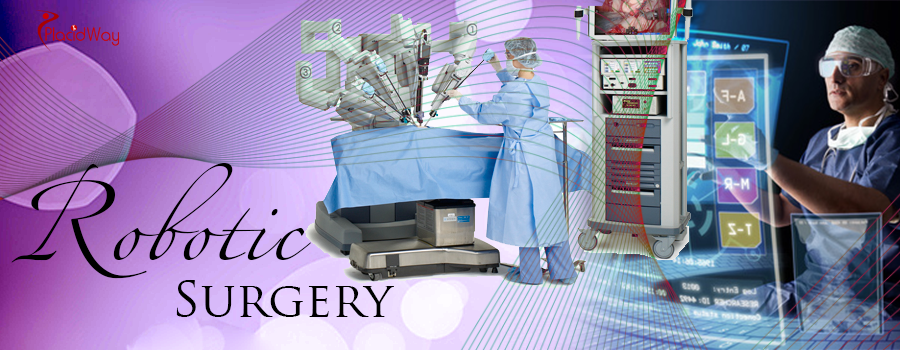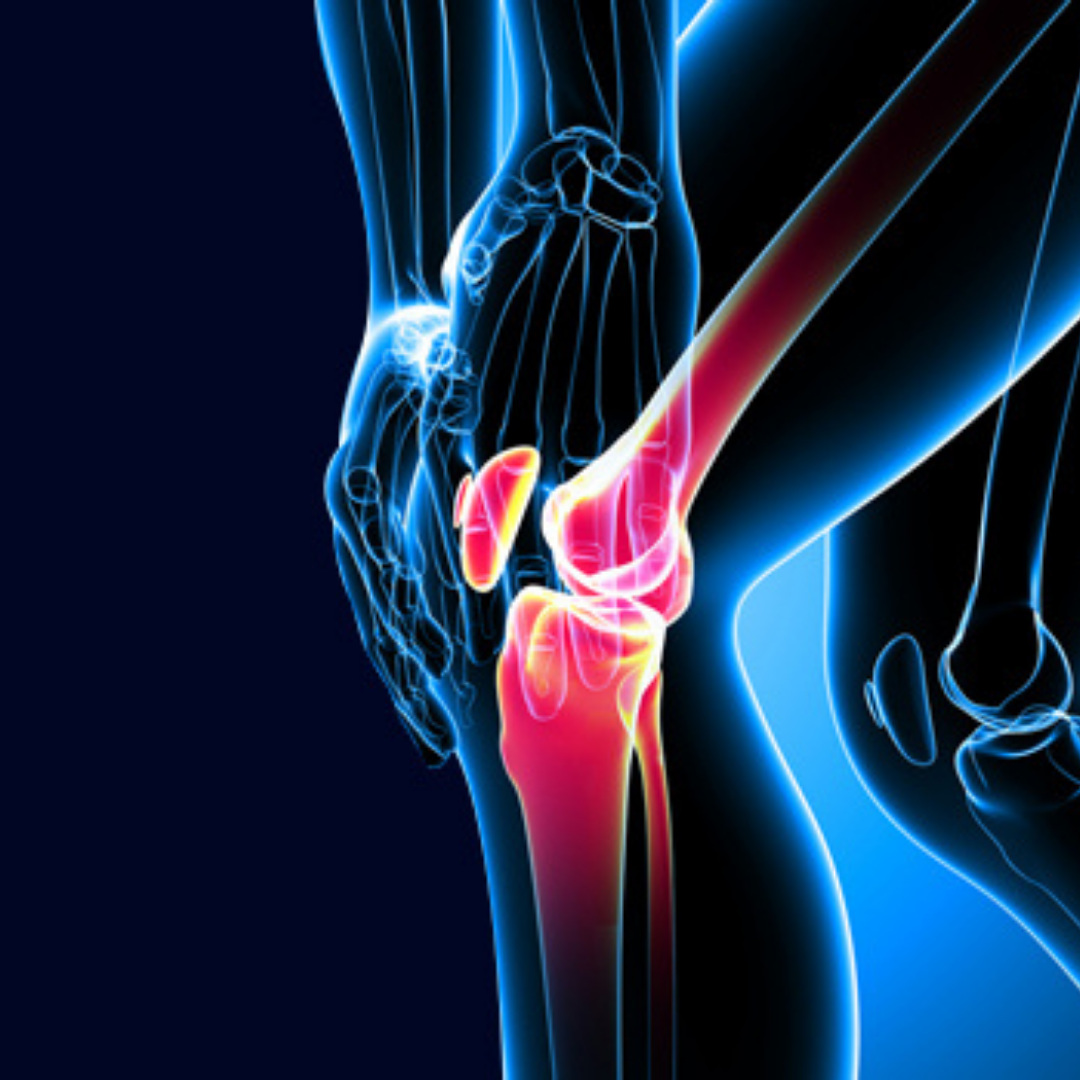Robotic Surgery


Robotic Surgery Treatment Abroad
Benefits for Multiple Health Issues
Technology is revolutionizing the medical field with the creation of robotic devices and complex imaging.
In robotic surgery, or robot-assisted surgery, surgeons conduct procedures through small incisions (minimally invasive surgery) using very small tools attached to a robotic arm. The surgeon controls the robotic arm with a computer.
Robotic surgery has three main subcategories, depending on the degree of surgeon interaction during the procedure: supervisory-controlled, telesurgical, and shared-control system.
Supervisory-controlled system
The procedure is executed solely by the robot, which will act according to the computer program that the surgeon inputs into it prior to the procedure. The surgeon is still indispensable in planning the procedure and overseeing the operation, but does not partake directly.
Telesurgical system (remote surgery)
Requires the surgeon to manipulate the robotic arms during the procedure rather than allowing the robotic arms to work from a predetermined program. Using real-time image feedback, the surgeon is able to operate from a remote location using sensor data from the robot.
Shared-control system
Has the most surgeon involvement. The surgeon carries out the procedure with the use of a robot that offers steady-hand manipulations of the instrument. This enables both entities to jointly perform the tasks.
Advantages and benefits
Robotic assistants can also decrease the fatigue that doctors encounter during surgeries that can last several hours. When surgeons experience hand tremors, the computer ignores it and keeps the mechanical arm steady.
Having fewer personnel in the operating room and allowing doctors the ability to operate on a patient long-distance could lower the cost of health care in the long term.
For patients there are various benefits of Robot Assisted Surgery:
- 3D Visualization
- Endowrist Technology
- Improved Dexterity
- Minimal Invasive Surgeries
- Resistance to Radiation and Infection
- Reduced Blood Loss and significantly, Lesser Pain
- Faster Recovery and Shorter Stay in the Hospital
- Clinically Superior Results
- Reduced Risk of Complications
- Small Incision and Minimal Scarring
- Enhanced Precision and Reduced Trauma
- Low Hospitalization Cost
Treatments & Procedures
Robot Assisted Technology is used in surgical procedures that help in treating a wide range of medical conditions including:
General surgery
- Bile duct cancer
- Colorectal cancer
- Esophageal cancer
- Liver cancer
- Pancreatic cancer
Gynecology
- Cervical/Ovarian/Endometrial Cancer
- Uterine bleedings/fibroids
- Hysterectomy
- Pelvic organ prolapse
Depending on woman's age and the procedure, robotic surgery also may help preserve her fertility and improve her reproductive health.
Cardiothoracic surgery
- Esophageal Conditions
- Lung Conditions
- Mediastinal Conditions
Cardiology and electrophysiology
- Atrial fibrillation
- Atrial septal defect (ASD)
- Coronary artery disease
- Mitral valve regurgitation?
In robotic heart surgery, cardiovascular surgeons perform heart surgery through small incisions in the right side of your chest, as an alternative to open-heart surgery. Surgeons operate between your ribs and don't split your breastbone (sternotomy), which results in less pain, smaller scars and a quicker recovery.
Urology
- Adrenal cortex cancer
- Benign kidney tumor
- Bladder cancer
- Conn’s/Cushing's syndromes
- Kidney treatment
- Prostate cancer
- Renal cyst
- Retroperitoneal fibrosis
- Transitional cell cancer of the renal pelvis
- Ureteropelvic junction obstruction?
Orthopedics
- total hip replacement
- knee replacement
- anterior cruciate ligament reconstruction
Pediatrics
- tracheoesophageal fistula repair
- cholecystectomy
- kasai portoenterostomy
- congenital diaphragmatic hernia repair?
Neurosurgery
The assisted robot empowers the surgeon in a broad range of indications in neurosurgery, including: biopsies, implantations of electrodes for functional procedures (epilepsy treatment, stimulation of the cerebral cortex, deep brain stimulation), open skull procedures surgery using navigation, Ventricular and Transnasal endoscopy.
Transplant Surgery
Robotic kidney transplantation could be considered as the biggest advance in surgical technique for this procedure. Thanks to minimal incisions transplant procedure , there are no wound infections and the function of transplanted kidneys is excellent.
Robotic head and neck surgery
- Soft palate cancer
- Throat cancer
- Tongue base cancer
- Tongue cancer
- Tonsil cancer?
Using the robotic instruments, surgeons can operate in hard-to-reach areas of your mouth and throat with precision and flexibility. Surgeons also can visualize the surgical area far better in transoral robotic surgery than conventional surgery.
Technology is becoming more and more integrated into the medical system and as we saw, robots do not actually replace humans but rather improve their ability to operate through the small incisions.
Although still in its infancy, robotic surgery has already proven itself to be of great value and is set to revolutionize surgery by improving and expanding laparoscopic procedures, advancing surgical technology, and bringing surgery into the digital age.
For more information about Robotic Surgery
click the button below.








